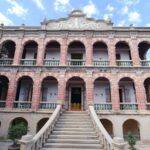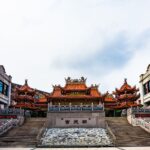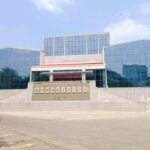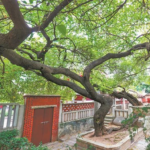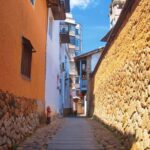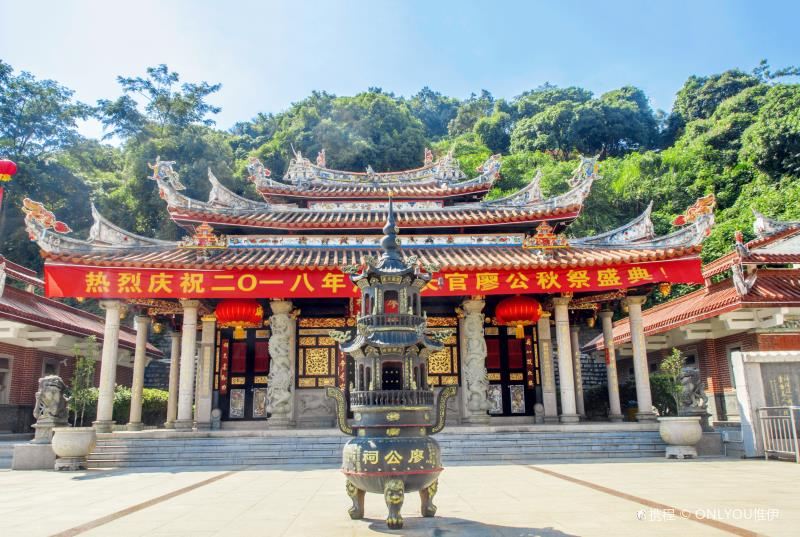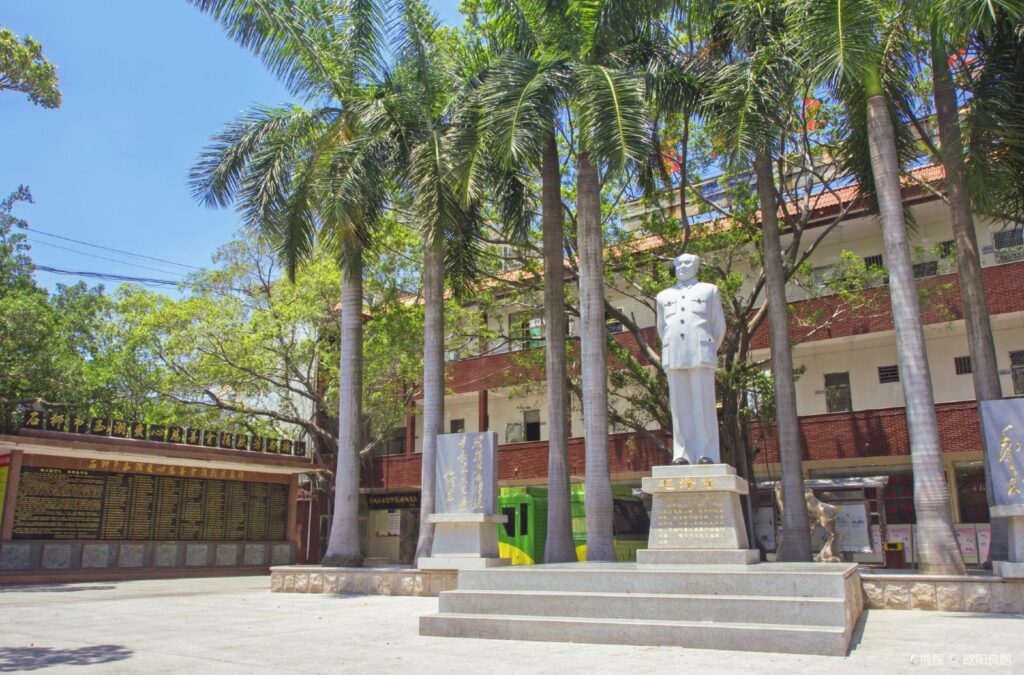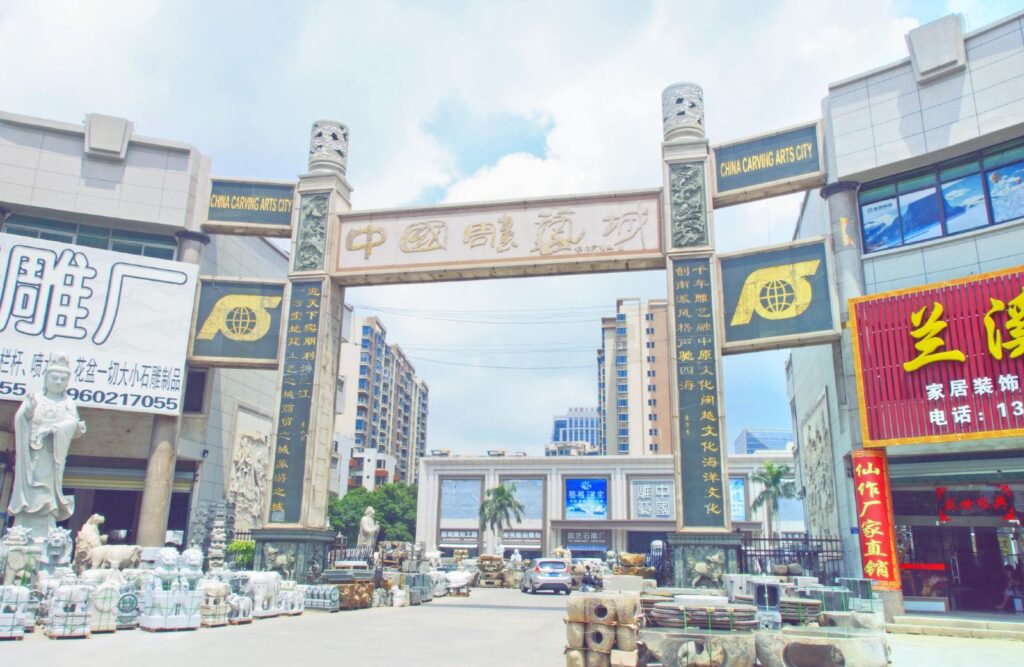Eryue Study was designated as a National Key Cultural Relics Protection Unit in 2006 and now serves as the Fujian Province Folklore Museum. It is located at No. 25, on the south side of the west section of Langguan Lane, and was the residence of Lin Xingzhang, a juren (successful candidate in the imperial examinations) in the sixth year of the Daoguang Emperor’s reign (1826), named for the two plum trees planted within the courtyard.
The construction began in the late Ming Dynasty and underwent several major renovations during the Daoguang and Tongzhi periods of the Qing Dynasty. The structure faces south and has a total of five sections, covering an area of 2434 square meters, accessible from Langguan Lane to Ta Lane. The main courtyard features a six-door street-facing facade, with the main hall divided into front and back halls by a colorful gold-inlaid screen door. The large hall is spacious, capable of accommodating seven-tiered tables; the side rooms have window lattices made of wood with various patterns, and doors, windows, and wall panels are all crafted from nanmu (phoebe) wood. The second section is largely similar to the first. Each section is separated by walls, with open-air corridors covered by turtle-back pavilions to shelter from the rain. Adjacent to the east wall of the main building is the ‘Eryue Study’, with two plum trees in front, forming a separate courtyard. To the east of the Eryue Study is a plaster snow cave called ‘Qixing Cave’. The third section is a flower hall, with all doors, windows, walls, and panels made from nanmu wood. The doors and windows are double-layered with latticework, papered in winter and meshed in summer; the wall panels and upper blocks of the doors feature painted scenes of trees, flowers, birds, and theatrical stories. In the small garden in front of the hall, there are two ancient pavilions, one of which is a hexagonal half-side pavilion, along with a hundred-year-old lychee tree and a palm tree. Academician Lin Huimin of the Chinese Academy of Sciences once lived in this courtyard. Opening hours are Monday, Wednesday-Thursday, and Sunday from 09:00 to 18:00; Friday-Saturday from 09:00 to 21:00; closed all day on Tuesday; and during New Year’s Day, Spring Festival, Qingming Festival, Labor Day, Dragon Boat Festival, Mid-Autumn Festival, and National Day from 09:00 to 21:00.Eryue Study: A Cultural Heritage Site in Fuzhou, Fujian
Eryue Study was designated as a National Key Cultural Relics Protection Unit in 2006 and now serves [...]
